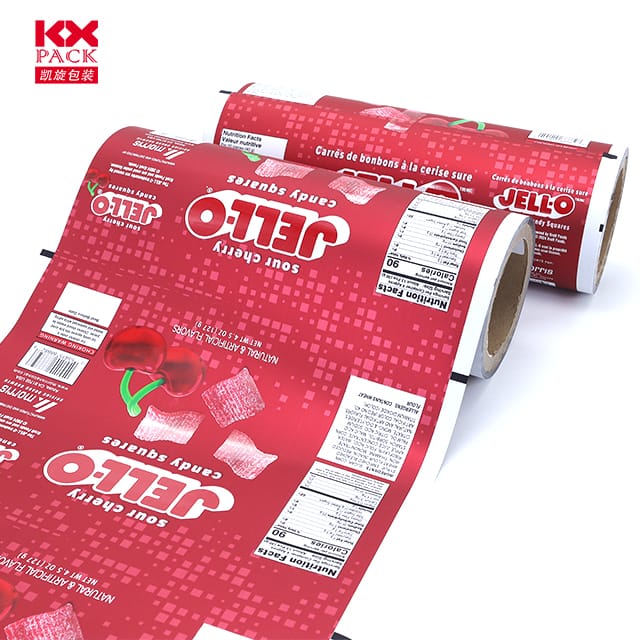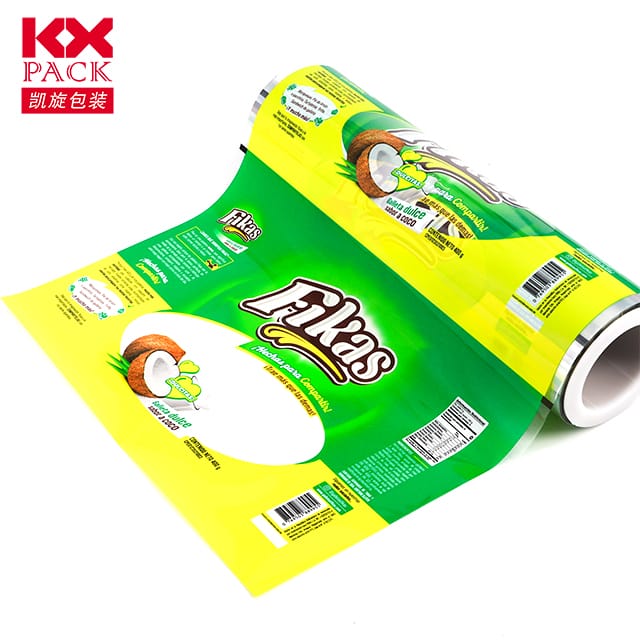Beg filem: Wira pembungkusan yang fleksibel
Beg filem
In a world dominated by convenience and sustainability, sachet film has emerged as a critical player in the packaging industry. Ini kecil, kantung serba boleh ada di mana-mana-dari sachet kopi tunggal dan kelengkapan berukuran perjalanan ke paket bumbu dan jalur farmaseutikal. Tetapi apa yang menjadikan filem sachet begitu tidak diperlukan, Dan bagaimana ia berkembang untuk memenuhi tuntutan moden? Let’s dive into the world of this lightweight yet mighty packaging solution.
Apa itu filem sachet?
Sachet film refers to thin, flexible laminated materials used to create small, sealed pouches (sachet) for packaging liquids, serbuk, or semi-solids. Typically composed of multiple layers—such as polyester (PET), polietilena (PE), Kerajang aluminium, or biodegradable polymers—these films combine strength, sifat halangan, and printability to protect contents from moisture, oksigen, ringan, and contamination.
Key characteristics:
- Lightweight and compact: Minimizes material use and shipping costs.
- Customizable: Available in various sizes, shapes, and sealing methods (Mis., heat-sealed, peelable).
- High barrier options: Some films include aluminum or EVOH layers to extend shelf life.
- Eco-friendly alternatives: Growing adoption of biodegradable and compostable films.
Why Sachet Film Matters
1. Convenience for Consumers
Sachets cater to on-the-go lifestyles, offering portion control and reducing waste. Think of ketchup packets at fast-food chains or single-use face masks in hotels—these small packages deliver convenience without bulk.
2. Cost-Effective for Brands
For manufacturers, sachet film reduces material costs compared to rigid packaging (like bottles or jars) and lowers shipping expenses due to its lightweight nature. It’s also ideal for free samples or trial-sized products, driving customer acquisition.
3. Sustainability Challenges and Innovations
While sachets are practical, their single-use nature has raised environmental concerns. Traditional laminated films are often non-recyclable due to mixed materials. Namun begitu, the industry is responding with:
- Filem Biodegradable: Made from plant-based polymers (Mis., PLA, Pha) that break down under specific conditions.
- Bahan mono yang boleh dikitar semula: Using single-type plastics (like PE) to simplify recycling.
- Reusable sachets: Some brands now offer refillable or durable pouches to reduce waste.
4. Fleksibiliti di seluruh industri
Sachet film serves diverse sectors:
- Makanan & Minuman: Seasoning packets, honey sticks, energy gel sachets.
- Penjagaan peribadi: Shampoo samples, moisturizer pods, travel-sized toothpaste.
- Farmaseutikal: Blister packs for pills, sachets for oral suspensions.
- Pertanian: Seed packets, fertilizer sachets.
The Future of Sachet Film
Kerana kemampanan menjadi keutamaan, the sachet film market is shifting toward greener alternatives. Inovasi termasuk:
- Water-soluble films: Dissolve in water, leaving no residue (used for detergent pods).
- Advanced recycling technologies: Chemical recycling to break down complex laminates.
- Pembungkusan pintar: Incorporating QR codes or NFC tags for anti-counterfeiting and consumer engagement.
Brands are also redesigning sachets to be more ergonomic, with easy-tear notches or resealable zippers, enhancing user experience.
Kesimpulan: Small Package, Big Impact
Sachet film may be tiny, but its role in modern packaging is monumental. By balancing convenience, kos, dan kemampanan, it continues to adapt to consumer needs and environmental challenges. Whether you’re a brand looking to optimize packaging or a consumer enjoying a single-serve coffee, sachet film is quietly shaping how we interact with products every day.
What’s your take on sachet film? Share your thoughts on its sustainability or favorite uses in the comments below!
Want to stay updated on packaging trends? Follow our blog for more insights. 🌍✨







